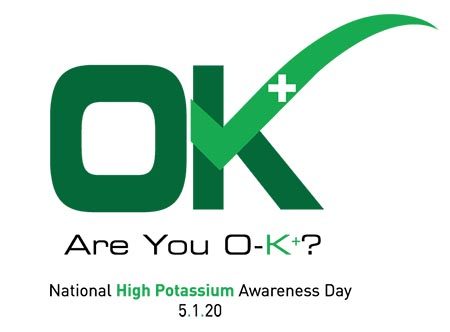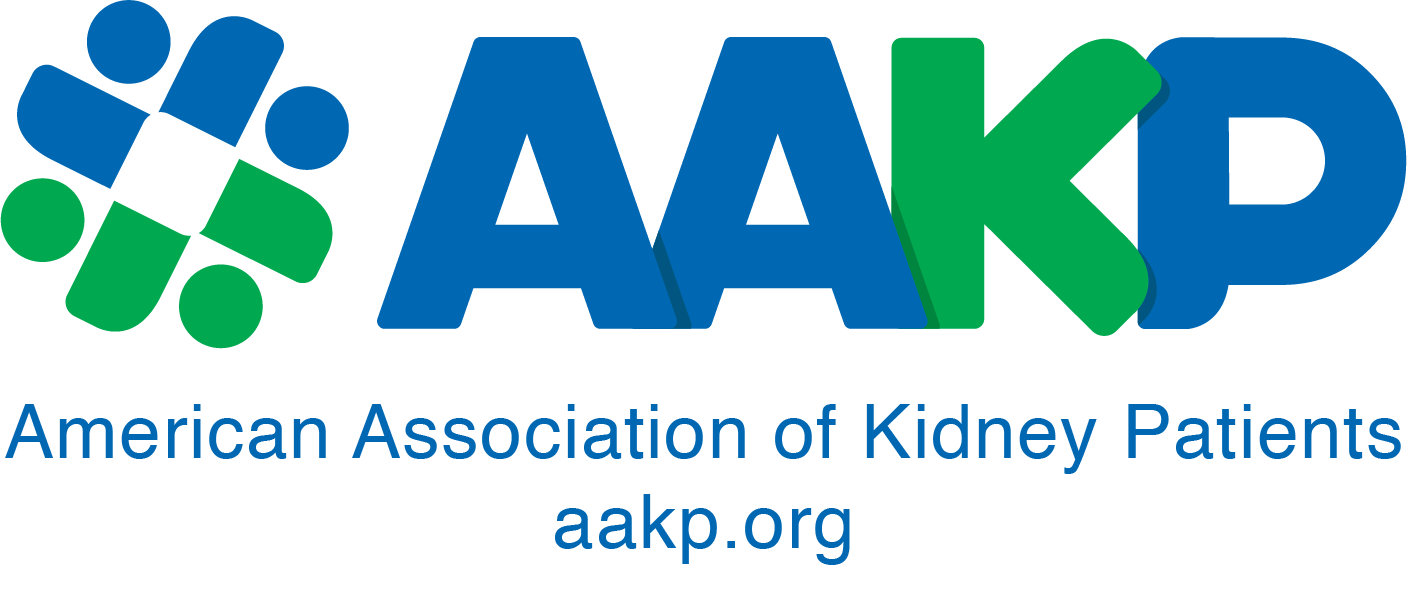Patient Story: Dale Rogers, AAKP Board of Director/Ambassador
Dale Rogers is a two-time kidney transplant recipient. Like many other kidney patients Dale has struggled with high potassium (also known as hyperkalemia). Dale shares that high potassium became a huge problem for him when he was fasting and dieting, while on dialysis, in order to get to a health weight for receiving a kidney transplant. Although Dale was very knowledgeable and strict about eating a kidney friendly diet, fasting would cause his potassium storage to dump into his system. He had trouble walking and getting around when his potassium levels became too high. He remembers one scary episode where his potassium level reached 6.9%! The normal, safe range for potassium level is 3.5-5.0.

Luckily, Dale was able to get his potassium in check by watching his diet very closely and keeping his labs at the proper level without medication. Dale wants his fellow kidney patients to know that they need to be careful, “some foods and drinks that dialysis patients consume can kill them.” Dale recalls eating a big bowl of granola and feeling sick for days after – until his next dialysis appointment – with no kidney function, his body could not handle the amount of potassium he had consumed. Dale says kidney patients should also think about the drinks that they consume. He says after a dialysis treatment, patients often get cramps. Someone not knowledgeable about a kidney friendly diet might recommend a sports drink for the cramps, but sports drinks are commonly high in potassium. Dale wants patients to know that “education and knowledge about potassium can save your life.”
Learn more about National High Potassium Awareness Day at www.areyouok.org























